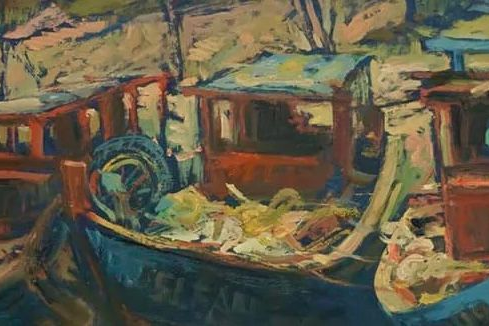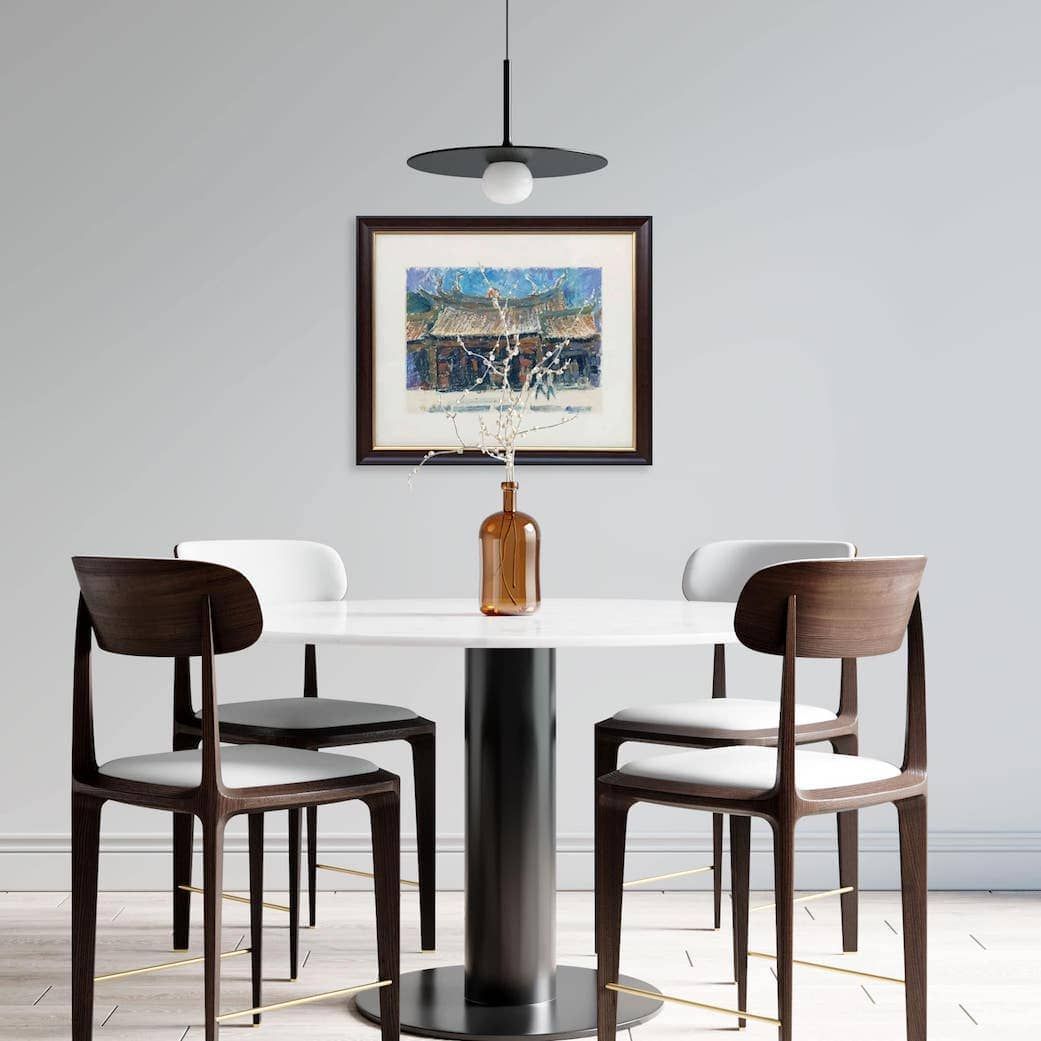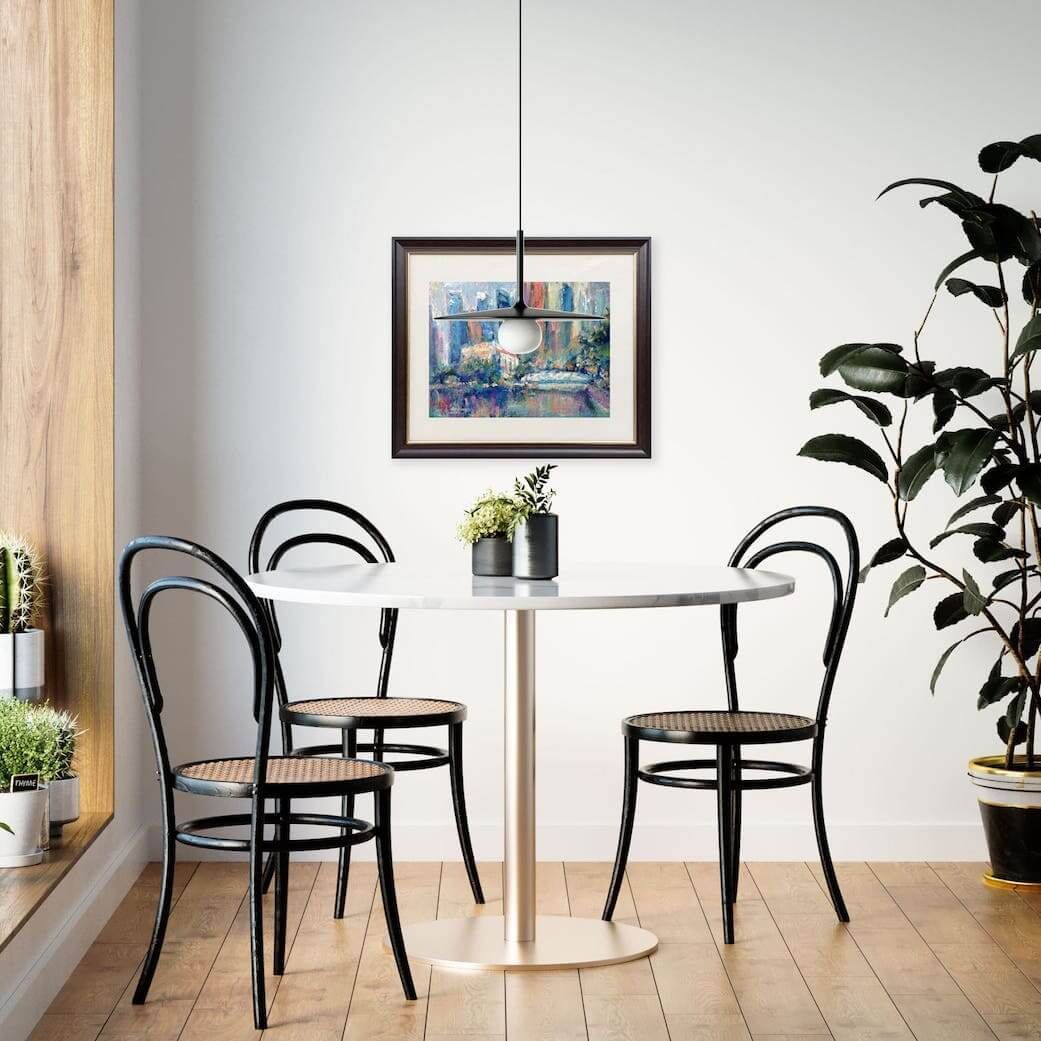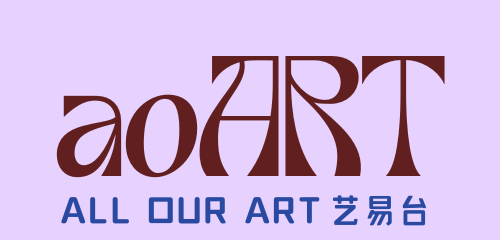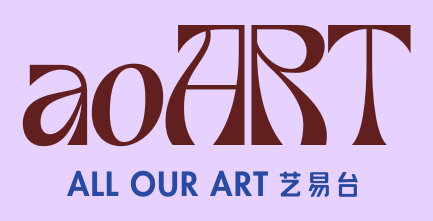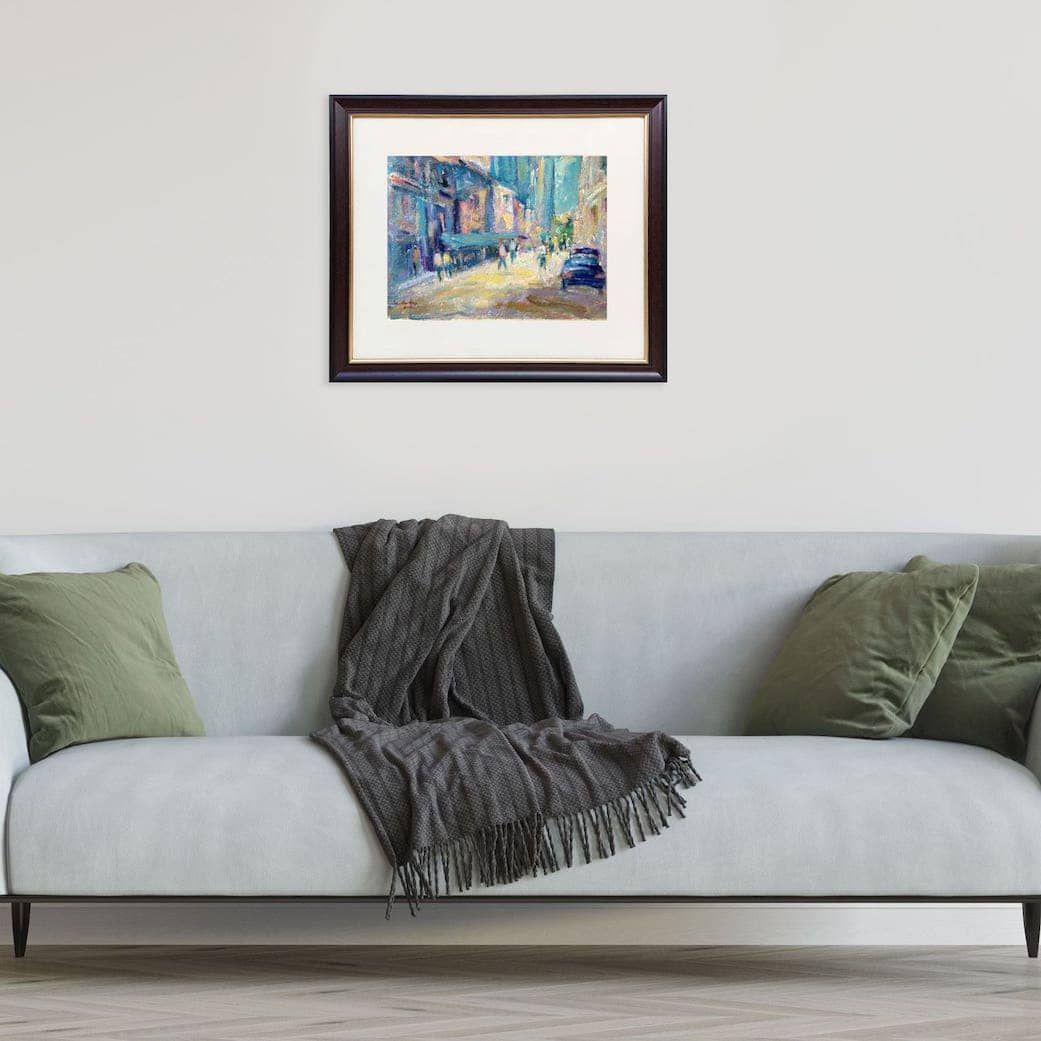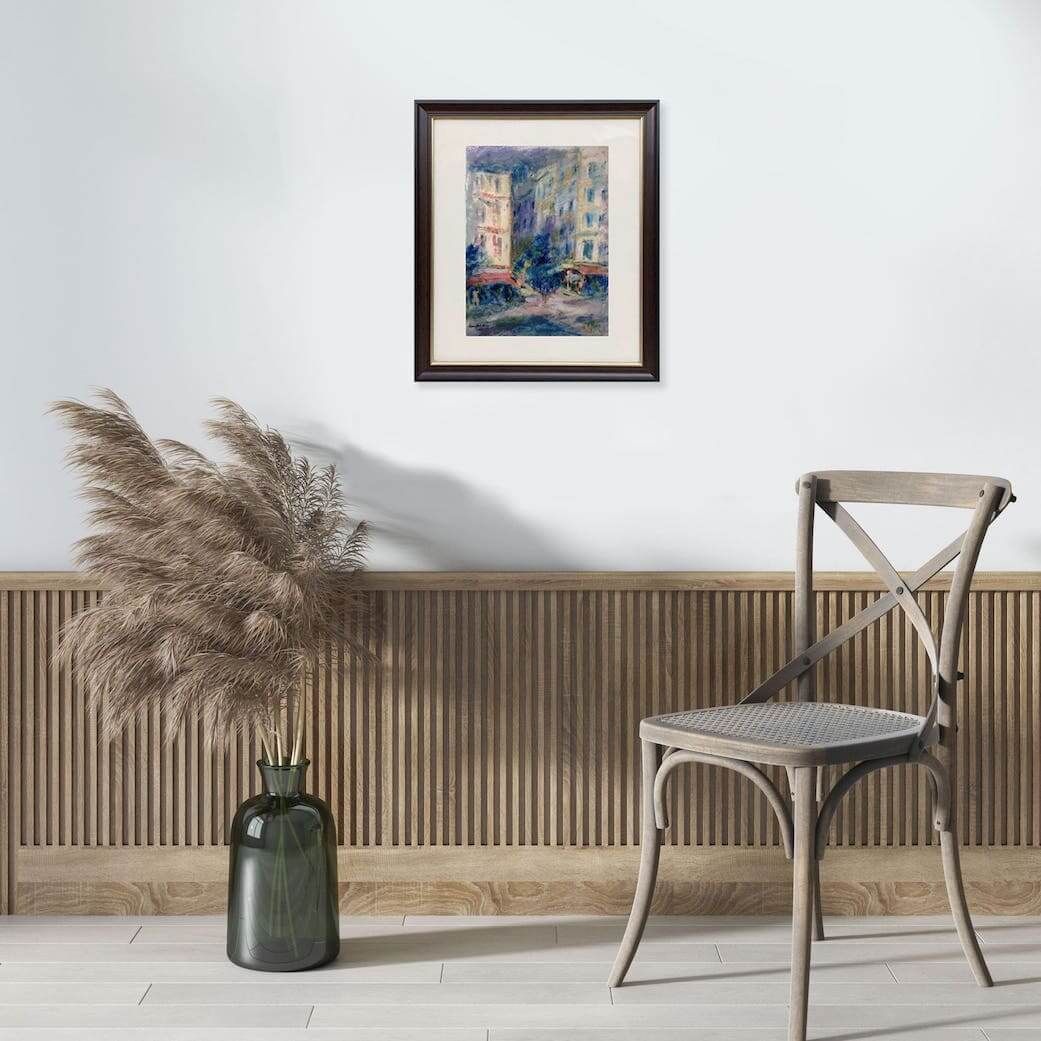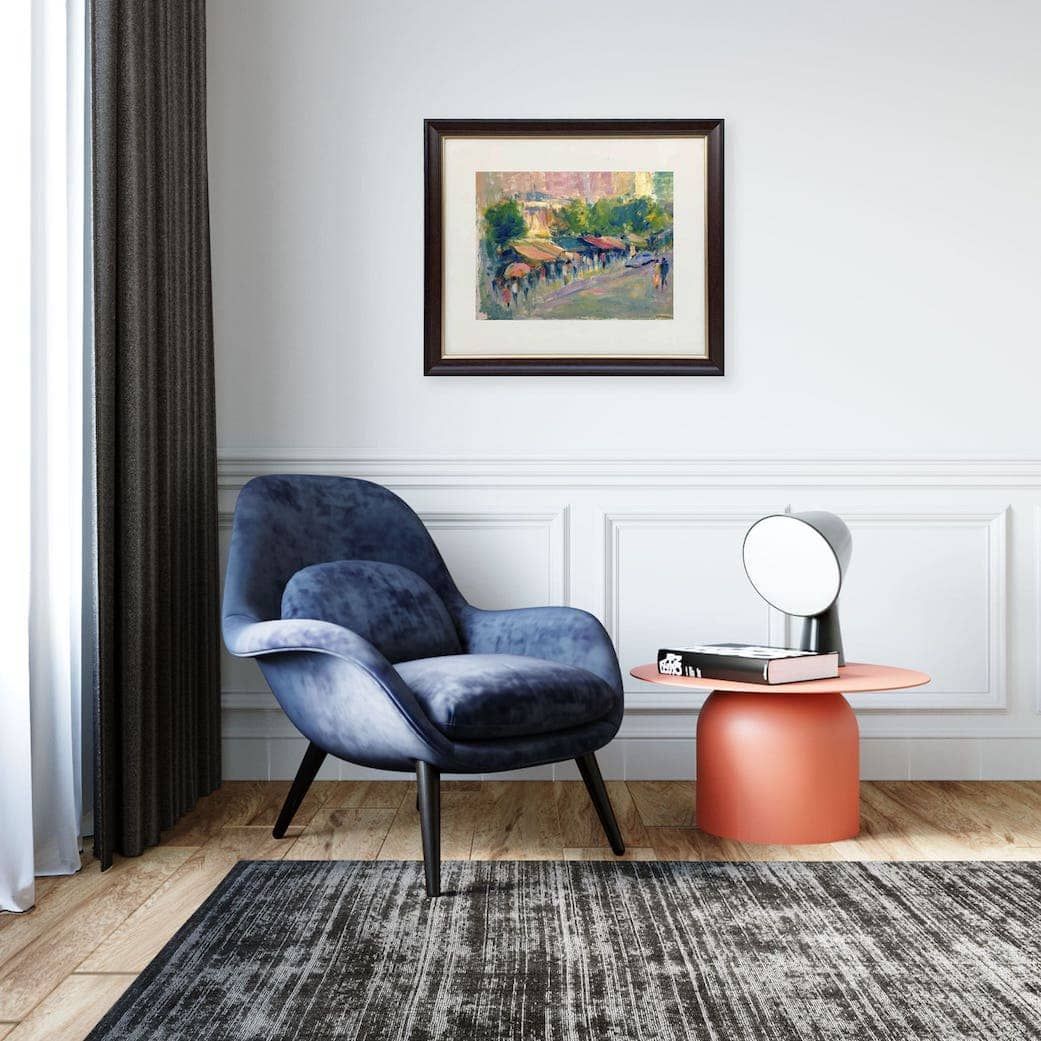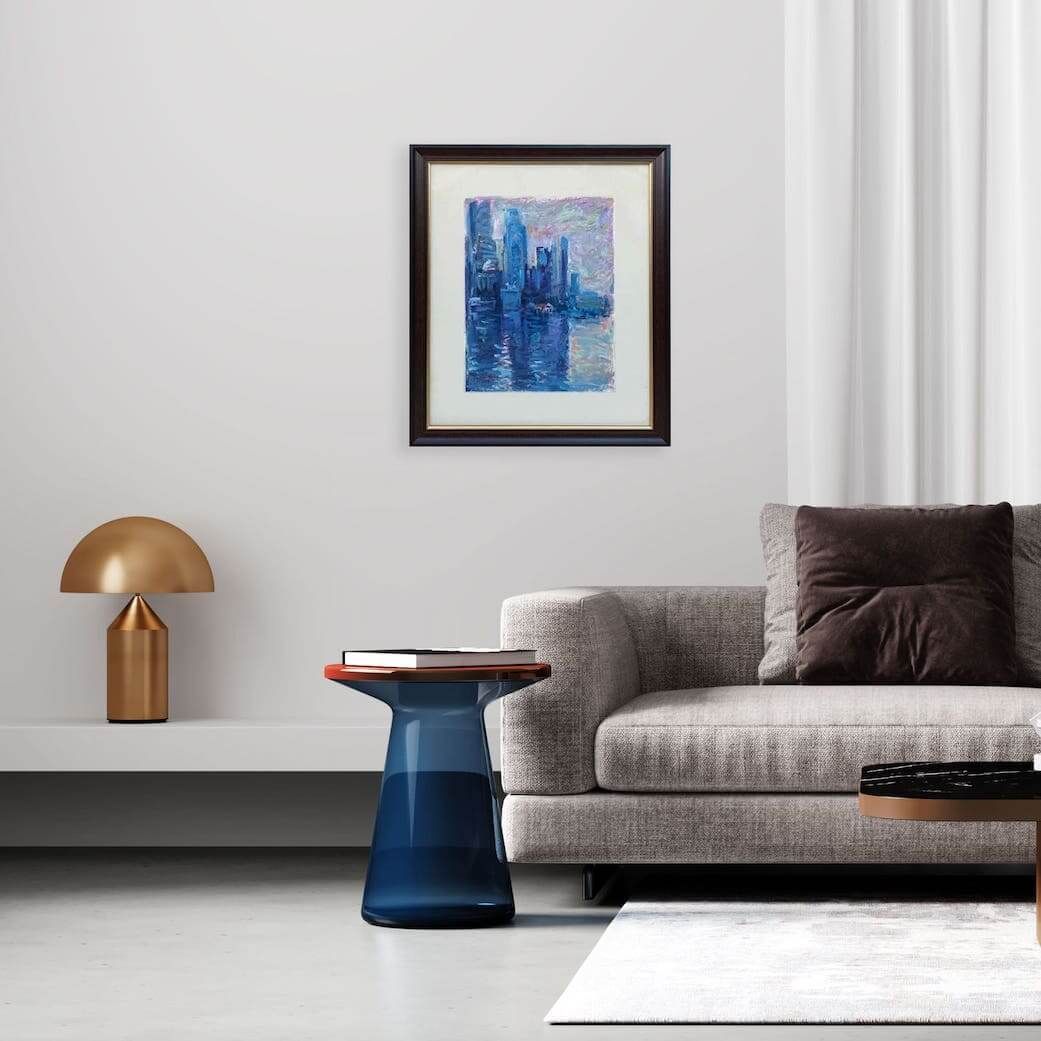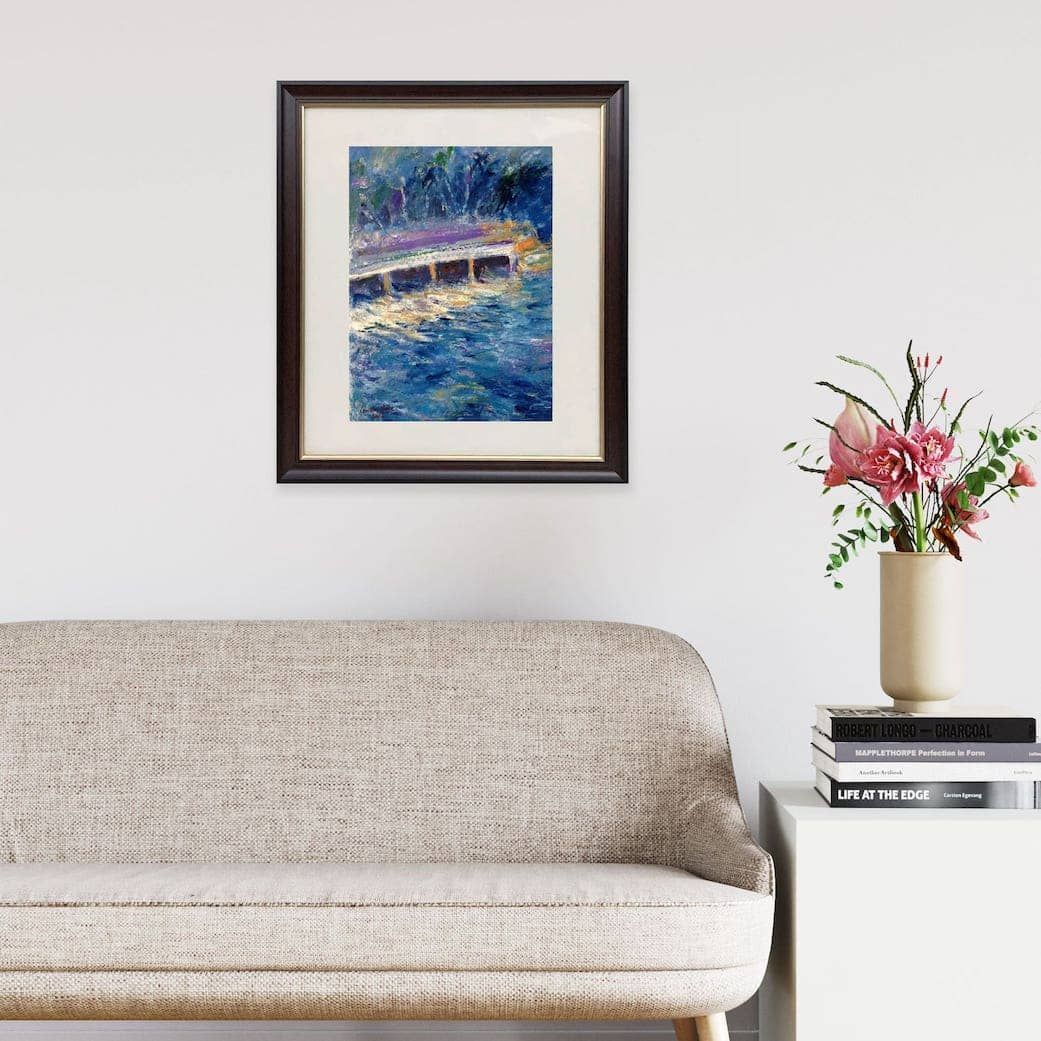The History of Singapore Art in the 1990s: Cultural Renaissance and International Visibility
The 1990s: Cultural Renaissance and International Visibility
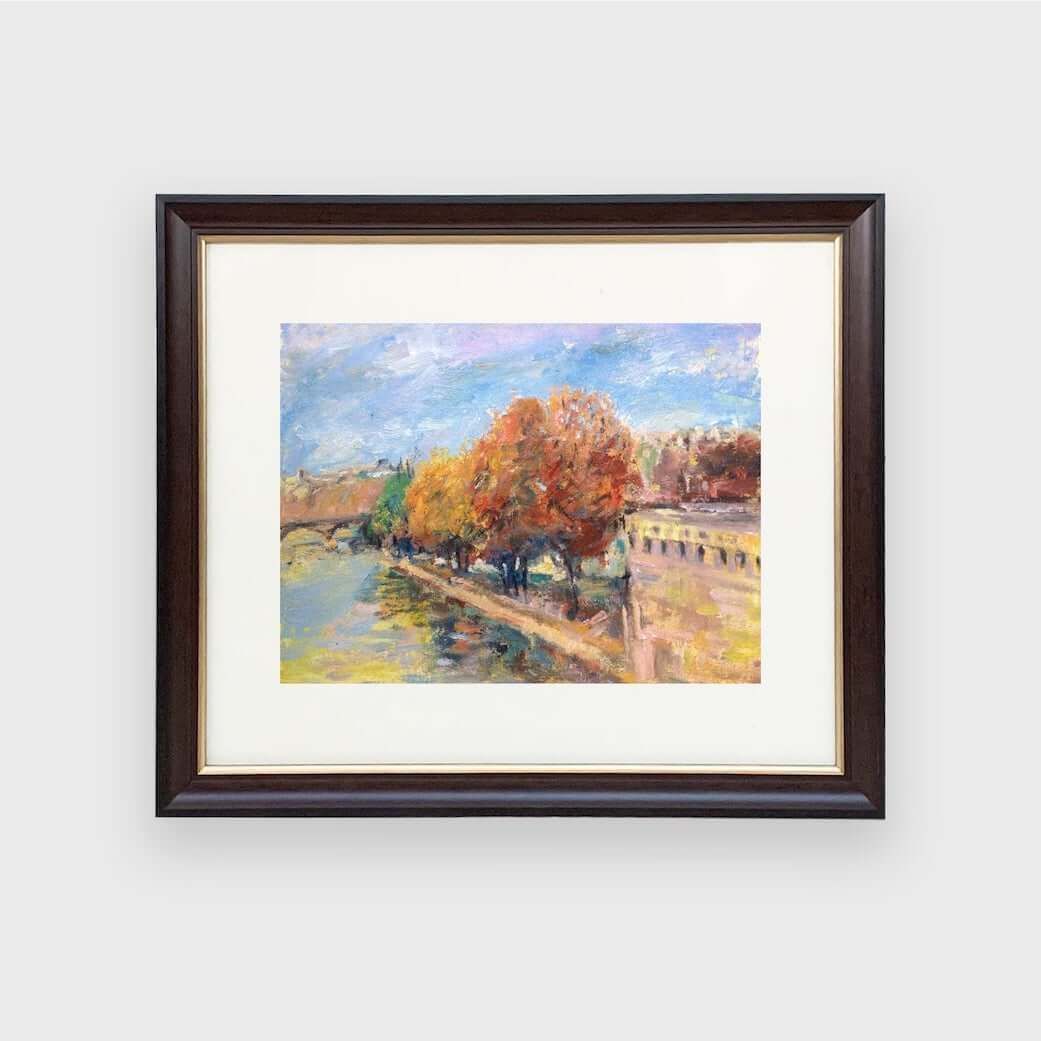
The 1990s brought about a wave of globalisation, and Singapore art was no exception, largely driven by significant government initiatives.
As the government embraced the idea of a “Renaissance City,” significant investments were made in arts infrastructure. Singapore aimed to become a "Global City for the Arts."
Following the 1985 economic recession, there was a recognition of the arts' value in national development.
This led to the 1989 Report of the Advisory Council on Culture and the Arts (ACCA), which profoundly shaped cultural policy for the decade.
The result? The establishment of the National Arts Council (NAC) in 1991 to spearhead cultural development and funding, a substantial increase in public funding for the arts, and the conceptualisation of major art infrastructure like the Esplanade – Theatres on the Bay.
This decade saw the professionalisation of the local theatre scene and a surge in homegrown dramatic texts.
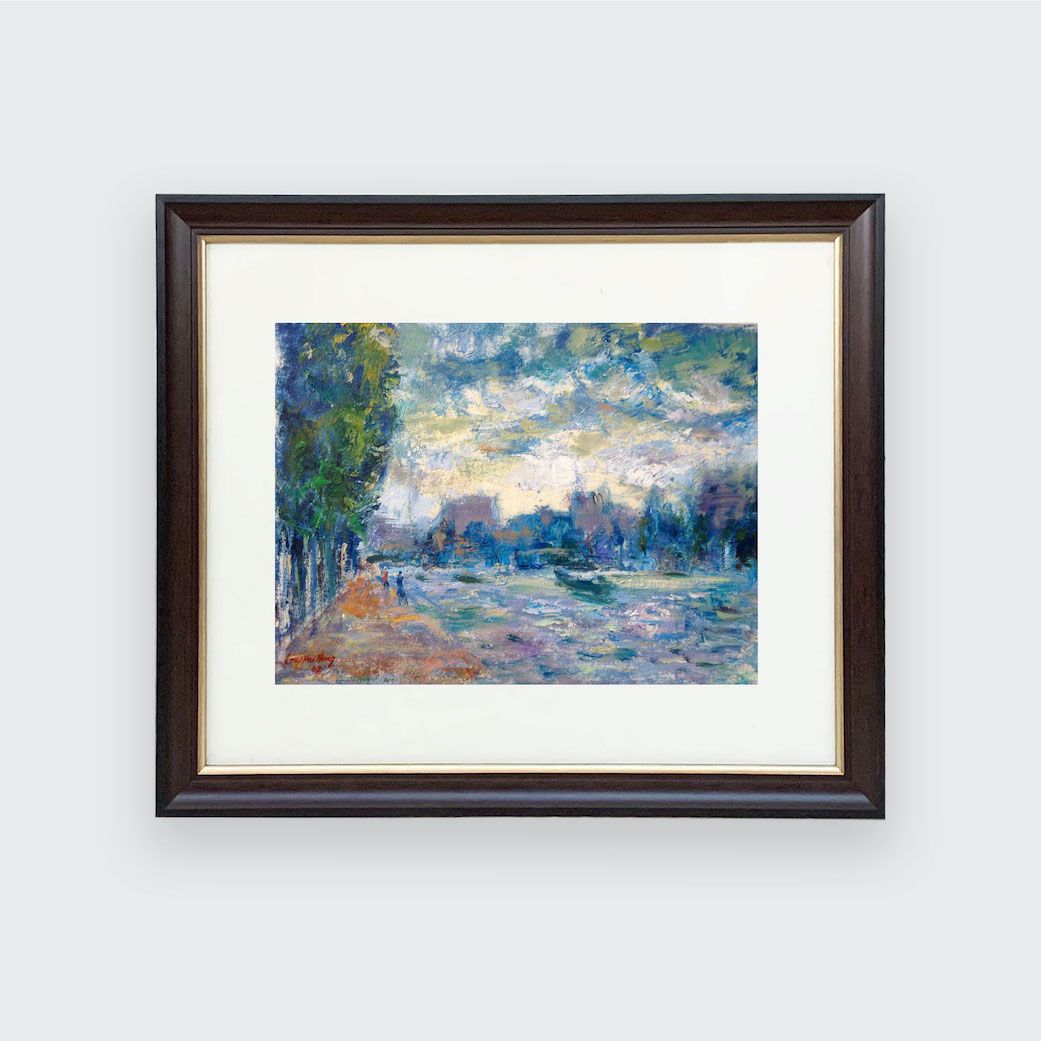
Artists began to engage with global issues, exploring themes of identity, migration, and cultural exchange.
This decade saw the rise of contemporary artists such as Amanda Heng, Lee Wen, and Suzann Victor.
They gained international recognition for their thought-provoking works that challenged societal norms and sparked dialogue, exploring the complexities of modern life.
While there was sometimes a tension between state-driven development and artistic freedom, the 1990s undeniably laid the groundwork for a more robust and supported arts ecosystem, leading to Singapore’s appearance on the international art map.
Singapore also began to appear on the international art map. In 1996, the Singapore Art Museum (SAM) officially opened, dedicated entirely to modern and contemporary Southeast Asian art—a first in the region.
New Paragraph
